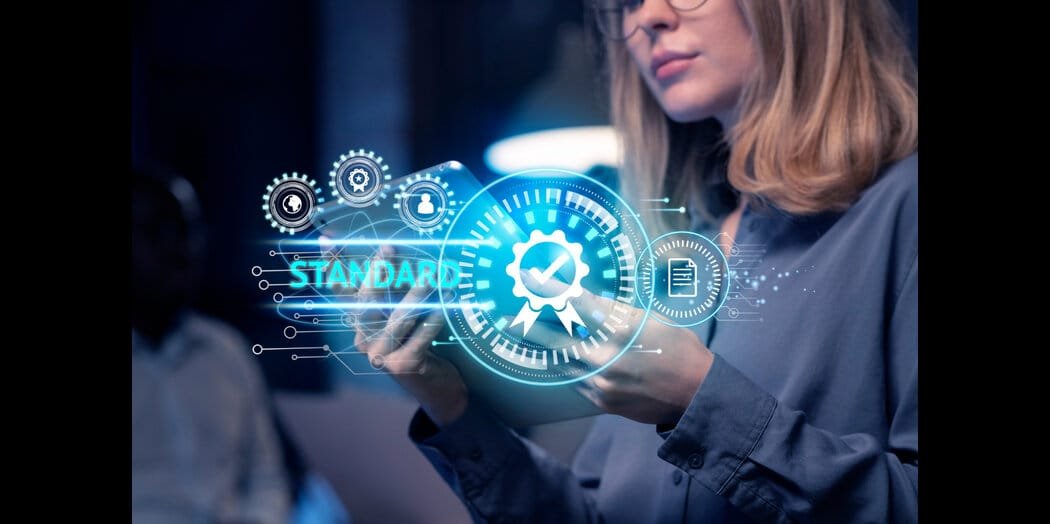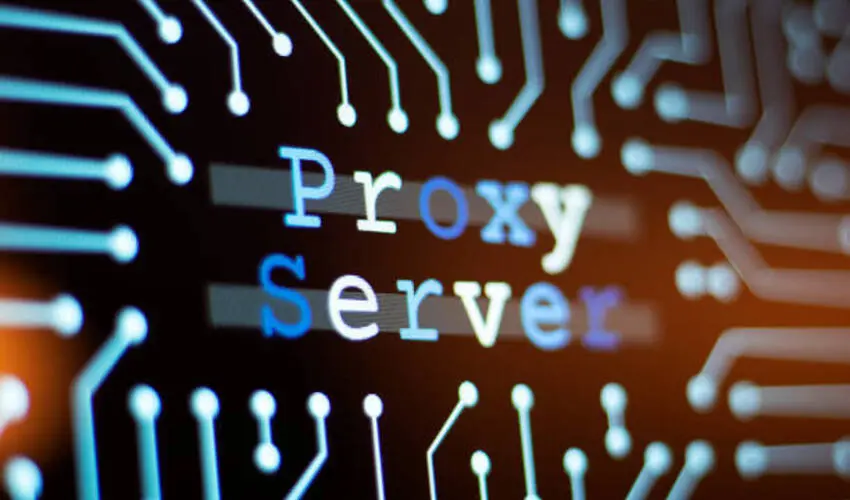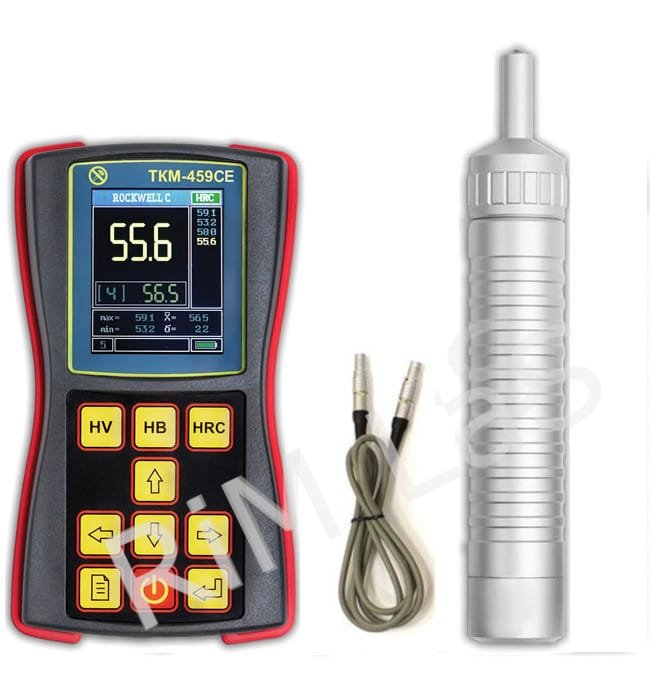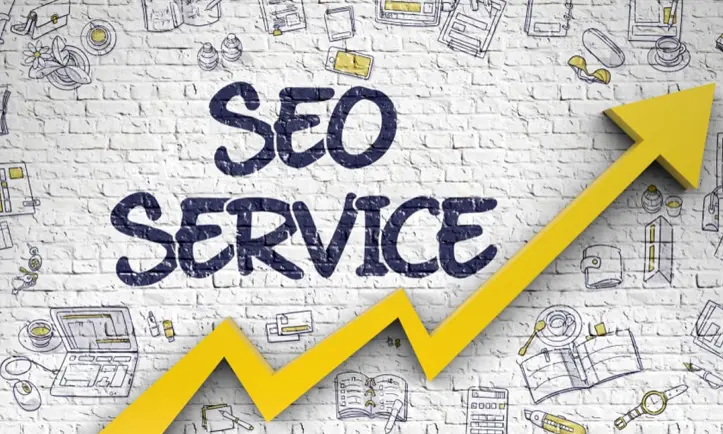Enterprise leaders entering 2025 face a pressing decision: whether to modernize their legacy systems or replace them entirely with new digital architectures. As organizations balance cost, speed, and technology risk, many rely on legacy system modernization services to extend the life of mission-critical systems while adopting cloud-native capabilities. But in several scenarios, a full replacement may appear more strategic. Determining which path offers better ROI requires a deeper look at business needs, long-term value, compliance demands, and modernization maturity.
Why This Decision Matters in 2025
Legacy systems continue to power core operations across BFSI, healthcare, retail, logistics, and manufacturing. But aging systems create scalability limitations, high maintenance overhead, integration challenges, and security risks. With AI-driven development, cloud maturity, and automation reshaping modernization strategies, organizations must evaluate which option—modernization or replacement—delivers the greatest long-term benefit.
Understanding the Difference Between Modernization and Replacement
Modernization focuses on transforming existing legacy systems using automated refactoring, re-platforming, rehosting, or microservices enablement. This approach preserves business logic while upgrading the underlying architecture. Enterprises often use an application modernization platform to accelerate code transformation, dependency mapping, and testing.
On the other hand, replacement involves building or purchasing entirely new software, often SaaS or cloud-native applications. This eliminates legacy constraints but introduces migration complexity, user adoption challenges, and significant upfront investment.
What Modernization Provides That Replacement Doesn’t
Modernization allows enterprises to retain valuable legacy business logic, reduce time-to-market, and minimize operational disruption. It is especially effective when the legacy system contains decades of domain intelligence that is costly to recreate. Using modern application modernization solutions, organizations can automate code conversion, migrate workloads to the cloud, and introduce APIs without rewriting entire systems.
Modernization also enhances agility. Teams can adopt DevOps, microservices, and container orchestration sooner, enabling faster releases and improved application reliability.
When Replacement Becomes the Better Option
Replacement offers a clean slate. Organizations can adopt fully modern, standardized, cloud-native systems without the constraints of outdated architectures. This approach is beneficial when:
The legacy system is too old or undocumented
Maintenance costs exceed modernization costs
Compliance demands require stronger data governance
Business operations need major re-engineering
The software cannot support automation, AI, or predictive analytics
While replacement can provide long-term ROI, it involves higher upfront cost, multi-year change management, and risk to operations during transition.
2024–2025 Modernization and Replacement Trends
Recent insights highlight why enterprises are accelerating modernization decisions:
Nearly 70% of large organizations still run mission-critical functions on legacy systems.
Over 55% of modernization budgets in 2025 focus on cloud-native transformation.
AI-assisted modernization tools can reduce code analysis and remediation time by 40–60%.
Companies that replaced legacy systems entirely reported a 30–45% rise in operational efficiency after stabilization.
Technical debt now consumes up to 40% of IT budgets, forcing leaders to reevaluate modernization strategies.
These trends show that the decision between modernization and replacement is now driven by urgency, cost optimization, and digital competitiveness.
Evaluating ROI: Modernization vs. Replacement
Speed and Time-to-Value
Modernization typically offers faster ROI because workflows, user experience, and business logic remain intact. Automated platforms reduce project timelines significantly. Replacement, however, requires rebuilding processes, data structures, and user training, delaying measurable ROI.
Cost Efficiency
Modernization costs are far lower, especially when using automation to refactor or re-platform applications. Replacement delivers higher long-term value but requires heavy investment for architecture design, procurement, integration, and implementation.
Risk
Modernization carries lower operational risk because systems remain functional during migration. Replacement introduces systemic risk during transition, data migration, and user adoption.
Innovation Potential
Replacement enables the adoption of modern architectures with fewer constraints. But modernization combined with an application modernization platform now allows legacy systems to support microservices, AI-integrations, and scalable cloud architectures, closing the innovation gap.
Long-Term Scalability
Both paths support scalability, but modernization enables immediate scalability, whereas replacement offers future-proofing at a higher cost.
How AI, Automation, and Quality Engineering Shape the Decision
AI-driven code analyzers, automated testing platforms, and intelligent QA pipelines redefine modernization in 2025. These technologies accelerate code conversion, detect architectural flaws, and validate functionality across environments. Enterprises using application modernization solutions can generate test cases automatically, simulate performance before migration, and ensure continuity post-modernization.
For replacement, AI helps assess impact, map requirements, and reduce regression risks. Quality engineering teams rely on autonomous testing, model-based testing, and predictive analytics to ensure performance, compliance, and reliability.
Industry Scenarios: When to Modernize vs. Replace
Modernize When:
Legacy system stability is strong
Business logic is deeply embedded
Teams require faster modernization at lower cost
Architecture supports modular transformation
Cloud adoption is a priority
Replace When:
Current system limits digital transformation
Compliance risks are high
User experience requires complete overhaul
Modern capabilities cannot integrate with legacy
Long-term strategy demands a new architecture
Which Path Delivers Better ROI?
Modernization generally delivers faster, lower-risk ROI, especially for enterprises wanting to modernize in phases. Replacement provides long-term strategic ROI when the legacy system is too outdated or restrictive. The ideal approach balances business impact, cost feasibility, operational risk, and modernization maturity.
Enterprises increasingly combine both approaches—modernizing core components while replacing non-core modules with SaaS or cloud-native applications. This hybrid model delivers the highest ROI while minimizing disruption.
Conclusion
The modernization-versus-replacement decision requires a strategic evaluation of business needs, technology readiness, and long-term ROI. With automation, cloud maturity, and AI-driven testing, modernization is more accessible and cost-effective than ever. However, replacement may still be the right path for organizations seeking major transformation. Partnering with experts in legacy system modernization services ensures businesses select the most effective strategy aligned with scale, compliance, and innovation goals.
FAQs:
1. How do I decide between modernizing or replacing a legacy application?
Evaluate system stability, business logic value, cost, compliance needs, and long-term digital goals.
2. Does modernization deliver faster ROI than full replacement?
Yes. Modernization typically offers faster ROI due to lower costs and reduced operational disruption.
3. What role does AI play in modernization in 2025?
AI automates code analysis, testing, and refactoring, reducing modernization timelines and improving quality.
4. Are application modernization platforms useful for complex systems?
Yes. They accelerate discovery, code transformation, and cloud migration for large enterprise systems.
5. Which industries benefit most from modernization or replacement?
Banking, healthcare, manufacturing, telecom, and retail see the highest ROI due to heavy legacy dependencies.













